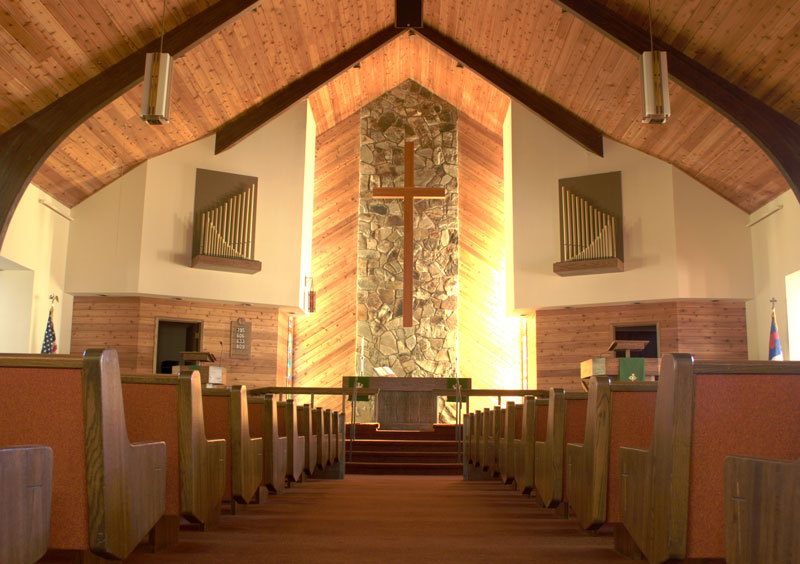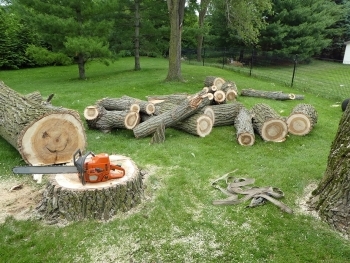Church sanctuary chairs play a crucial role in creating a welcoming and comfortable environment for worshippers. While they might seem like a simple element of church furniture, their design, comfort, and functionality are vital to enhancing the worship experience. This article delves into the importance of church sanctuary chairs, exploring their evolution, features, and considerations for selection.
Historical Evolution of Church Seating
Early Church Seating
In the early days of Christianity, church services were often held in private homes or simple structures where worshippers stood during the service. Seating was minimal and generally limited to a few benches or stools for the elderly or infirm. As Christianity spread and churches became more established, the need for more structured seating arrangements grew.
Medieval Period
During the medieval period, pews began to appear in churches. These were long wooden benches that could accommodate multiple worshippers. Pews were often fixed to the floor, symbolizing stability and permanence. Over time, they became more ornate, reflecting the architectural styles of the period.
Modern Era
The modern era has seen a shift from traditional pews to individual chairs, offering greater flexibility and comfort. This transition aligns with contemporary needs for multipurpose church spaces that can adapt to various events and functions beyond traditional worship services.
Features of Modern Church Sanctuary Chairs
Comfort
Comfort is paramount in the design of modern church sanctuary chairs. Features such as padded seats and backs, ergonomic design, and armrests contribute to a more pleasant experience for worshippers. Comfortable seating encourages longer attendance and participation in church activities.
Durability
Church sanctuary chairs must withstand frequent use. High-quality materials such as solid wood, metal frames, and durable upholstery ensure longevity. Chairs designed for sanctuaries are often tested for strength and durability, ensuring they can handle years of use without significant wear.
Aesthetics
Aesthetic appeal is also a significant consideration. Church sanctuary chairs should complement the overall design and décor of the sanctuary. Many churches opt for chairs that can be customized with various fabrics, colors, and finishes to match the interior design and enhance the visual harmony of the space.
Stackability and Storage
Modern sanctuary chairs are often designed to be stackable, allowing for easy storage and space reconfiguration. This feature is particularly useful for churches that host a variety of events, requiring different seating arrangements.
Connectivity
Some church chairs are designed with interlocking features, allowing them to be connected to form rows. This creates a more organized and cohesive seating arrangement, similar to traditional pews, while retaining the flexibility of individual chairs.
Selecting the Right Church Sanctuary Chairs
Assessing the Needs of the Congregation
Understanding the specific needs of the congregation is the first step in selecting appropriate chairs. Factors such as the average length of services, the physical needs of the worshippers, and the types of events hosted in the sanctuary should all influence the choice of seating.
Budget Considerations
Budget is always a critical factor. While it might be tempting to opt for the least expensive option, investing in higher-quality chairs can be more cost-effective in the long run due to their durability and reduced need for replacement.
Customization Options
Customization options allow churches to create a unique and cohesive look for their sanctuary. Many manufacturers offer a range of fabrics, finishes, and additional features such as book racks, kneelers, and communion cup holders, which can be tailored to the church’s specific needs.
Supplier Reputation
Choosing a reputable supplier is essential to ensure the quality and reliability of the chairs. It is advisable to seek recommendations, read reviews, and possibly visit showrooms or other churches to see the chairs in use before making a final decision.
Impact on Worship Experience
The right sanctuary chairs can significantly enhance the worship experience. Comfortable and aesthetically pleasing chairs create a welcoming atmosphere that encourages worshippers to relax and focus on the service. Flexible seating arrangements can facilitate different types of worship and community activities, fostering a sense of belonging and participation.
Case Studies
St. Michael’s Cathedral
St. Michael’s Cathedral, a historic church with a large congregation, recently transitioned from traditional pews to modern sanctuary chairs. The decision was driven by the need for greater flexibility and comfort. The new chairs, with their padded seats and backs, have been well received by the congregation. The stackable design allows the church to easily reconfigure the space for various events, enhancing the utility of the sanctuary.
Grace Community Church
Grace Community Church, a growing congregation with a contemporary worship style, chose sanctuary chairs with a sleek, modern design. The chairs are equipped with interlocking features, creating organized rows during services. The church also opted for a range of fabric colors to add vibrancy to the sanctuary. Feedback from worshippers has been overwhelmingly positive, highlighting increased comfort and aesthetic appeal.
Church sanctuary chairs are more than just seating; they are an integral part of the worship environment. By prioritizing comfort, durability, aesthetics, and functionality, churches can create a welcoming and versatile space that enhances the worship experience. Careful selection and investment in quality chairs can yield significant benefits, fostering a sense of community and participation among worshippers. As churches continue to evolve and adapt to contemporary needs, the role of sanctuary chairs in shaping the worship experience remains as important as ever.




